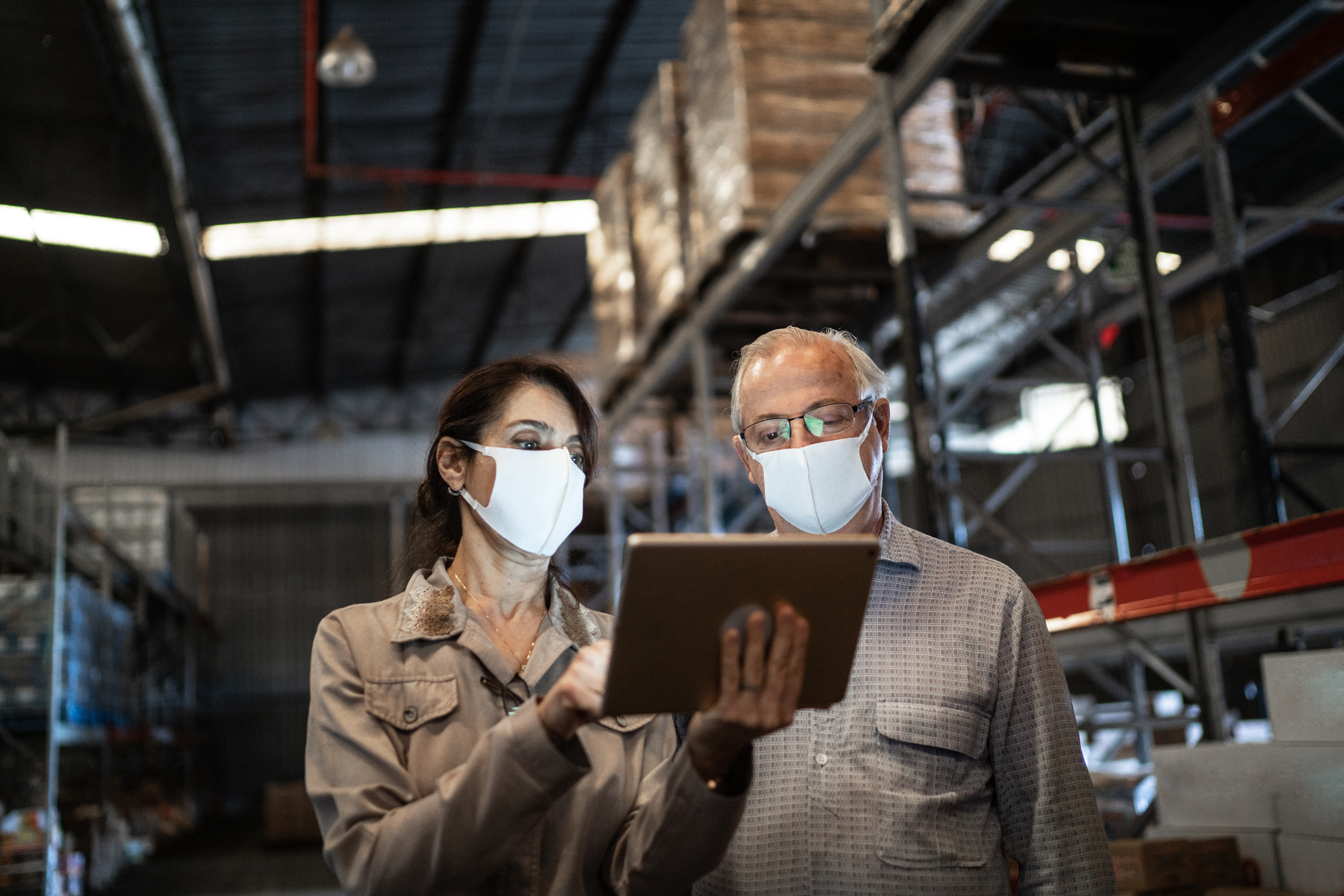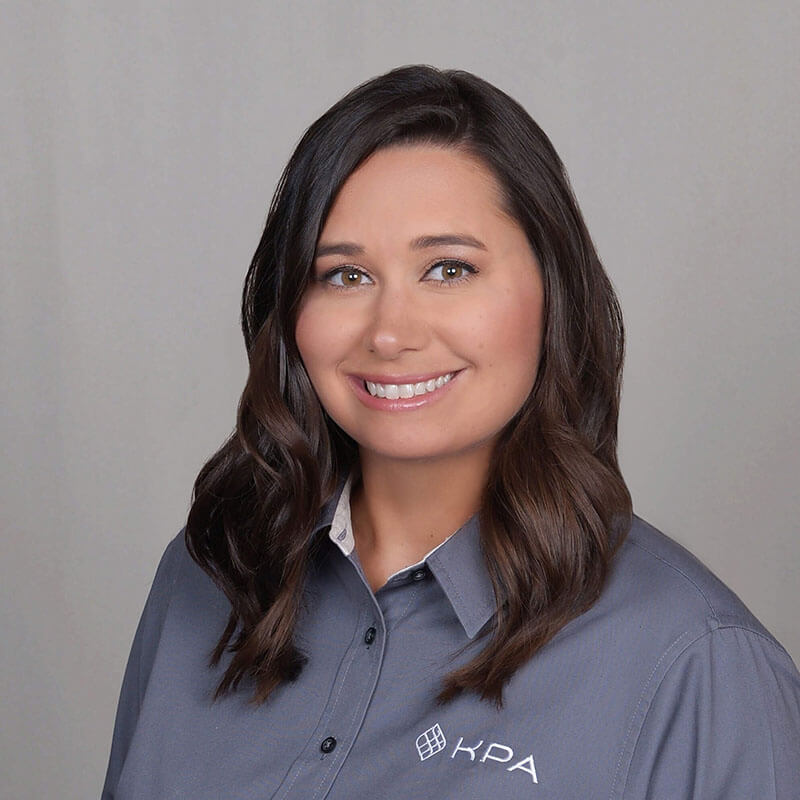COVID-19 Health and Safety Consulting: What to Expect
Looking to minimize the risk of COVID-19 infection among your workforce? Need help keeping up with changing rules and guidelines? Does your State or County require you to have a written Health and Safety Program?
If so, it’s time to bring in a workplace health and safety consultant.
At KPA, we’ve spent the last several months helping employers overcome the many challenges posed by the COVID-19 crisis. We’ve worked alongside organizations of all kinds to build and coordinate infectious disease preparedness and response plans. We’ve conducted audits and investigations. We’ve retooled recordkeeping, training, and hazard communication programs. And we’ve created numerous resources anyone can use to protect their workforce and ensure compliance with federal, state, and local regulations.
It’s been a busy time to be a health and safety consultant, to say the least. But our job has never been more important. Employers could use all the help they can get right now, and our team is more than happy to provide it.
Here are a few reasons why you should consider engaging with a health and safety consultant, and what you can expect when you leverage services like the ones KPA offers:
COVID-19 Infection Is No Longer a What-If Scenario
The conversations I had about COVID-19 in March and April are totally different from the ones I am having now. That’s because—unfortunately—more and more employers have seen positive cases among their workforce. We’ve moved beyond the point of hypothetical situations and potential vectors for infection. We now know from experience how this disease spreads and how to reliably prevent it.
At the same time, the legal and financial consequences of workforce spread are becoming more concrete. Regulatory agencies are stepping up their COVID-19 rulemaking and enforcement efforts. Look at Virginia, for instance.
The key to minimizing COVID-19 risk—and avoiding fines and legal trouble—is to harness environment, health, and safety controls proactively. Don’t wait until a case occurs. If you haven’t already, you should build, test, and optimize your program now.
As an employer, it’s tough to do this alone. Outside perspective and expertise help ensure the right controls are in place, keep track of employee training and on-the-job behavior, and determine what might need tweaking or improvement. Our free resources can provide you with the building blocks. A consultant can truly optimize health and safety controls to your specific work environment.
In other words, this is no ordinary EHS concern. It’s not something you can afford to put off or work on bit by bit over time. It’s imperative that you have a comprehensive, expert-reviewed program in place before anyone gets sick or a regulator comes to visit.
COVID-19 Health and Safety Audits Go Deep
A good workplace EHS audit is a systematic, in-depth review of an organization’s facilities, equipment, people, and processes. It requires preparation and collaboration between multiple parties, as well as a willingness from leadership to accept what needs to be fixed and follow through promptly.
A COVID-19 audit is even more thorough and time-sensitive. Expect your consultant to conduct a complete walkthrough of your workplace, with an eye toward engineering controls, administrative controls, and personal protective equipment. We want to make sure everyone is safe—not just your employees, but also any customers and physical visitors to your site as well.
We’ll also be wearing our PPE, washing our hands frequently, and adhering to other health and safety measures. We practice what we preach.
As we walk through, we’ll be looking for answers to questions such as the following:
- Are all workers, customers, and visitors practicing safe physical distancing? If not, what alternative safety precautions are in place?
- Is everyone wearing a face covering? If not, why not?
- Are surfaces properly cleaned and sanitized?
- Are housekeeping and disinfection logs completed regularly and kept up-to-date?
- What controls are in place in communal spaces such as break rooms and customer waiting areas? What’s being done to prevent people from congregating together?
Consultants Know What’s Required Now—and What’s Likely Ahead
Over time, these concerns have evolved, as has what’s considered acceptable in terms of precautionary measures. We’re not asking the same questions we were in March, nor are we looking for the same controls. And the audit process will almost certainly continue to change in the months ahead to align with new rules and EHS standards.
Therein lies one of the greatest values of bringing in a health and safety consultant. When you hire a specialist like the ones here at KPA, you’re getting expert insight backed by the latest health and safety updates. It’s our job to stay ahead and on track with all this. We know what you need to do today and what’s likely coming next.
Consider the situation here in Texas, for example, where restrictions have been in constant flux for months. First, we had no public health measures, then a series of stopgap and county-specific measures, and eventually a statewide lockdown. Next came phased reopenings, followed by more or less a full reopening of the state—which was then paused and partially rolled back after a massive spike in cases.
Throughout all this, business owners, county officials, and members of the public have disputed with each other and the state government. No one can seem to agree on what’s appropriate and what’s overreaching, what’s happening too soon, and what isn’t happening fast enough.
As a result, organizations are stuck scrambling to continually update their EHS programs. This is especially tricky for anyone with multiple locations. Maybe they’re complying with whatever rules were in place in one county two weeks ago, but not the rules in another county today. Or maybe they’re following the rules in Travis County, but not in the city of Austin.
I’ve been getting a lot of questions along the same lines…
Lately, the number one question I get from clients is, “Somone got tested for COVID-19. They never told us they got tested, and they came to work. They found out later that it was a positive test. What do we do?”
The first question I ask is, what does your policy say? Does it ask employees to tell you that they got tested? Does it say while you await test results you can’t come to work? There is no actual regulatory requirement that keeps them at home, just guidance from the CDC and other entities. Unless YOU THE EMPLOYER tells them to stay home, they won’t stay home. Buy, now the EMPLOYER has the responsibility to alert employees and customers about their potential exposure. This isn’t a fun conversation to have. Plus, you can’t reprimand an employee for violating a non-existant company policy.
These policies need to be put into place NOW. Not having a written program in March was one thing when all of this was new. Not having a written program/policy five months into a pandemic, is different.
Communication is another key piece of the COVID-19 Puzzle
We have a facility that recently had a fatality. We asked, “Do you have a written policy?” Their answer…”No. But we have an email on one week and another email when we updated our stance and a memo here.” Disconnected communication does not help an employee know what to do. And, it’s not a written policy. Make sure your written policy ties together all of the topics that many get covered in disparate emails. People may be scared to write things down, but not writing things does is just as much of a liability. Don’t forget that employees need communication in a language that they understand. If you have a Spanish-speaking staff you must ensure that they understand the policies in place.
Meet current requirements, and take new requirements in stride
A health and safety consultant can make sure your organization meets current requirements and is well-equipped if and when any new rules come into effect. We working closely with clients to navigate the torrent of changes we’re witnessing—changes in behavior, changes in PPE, changes in cleaning and sanitization, changes in training and documentation. We’ll provide detailed, down-to-earth guidance that ensures your workers know not only what to do, but why they need to do it. You can rest easy knowing the information you’re receiving is accurate, up to date, and tailored to your organization and workforce.

